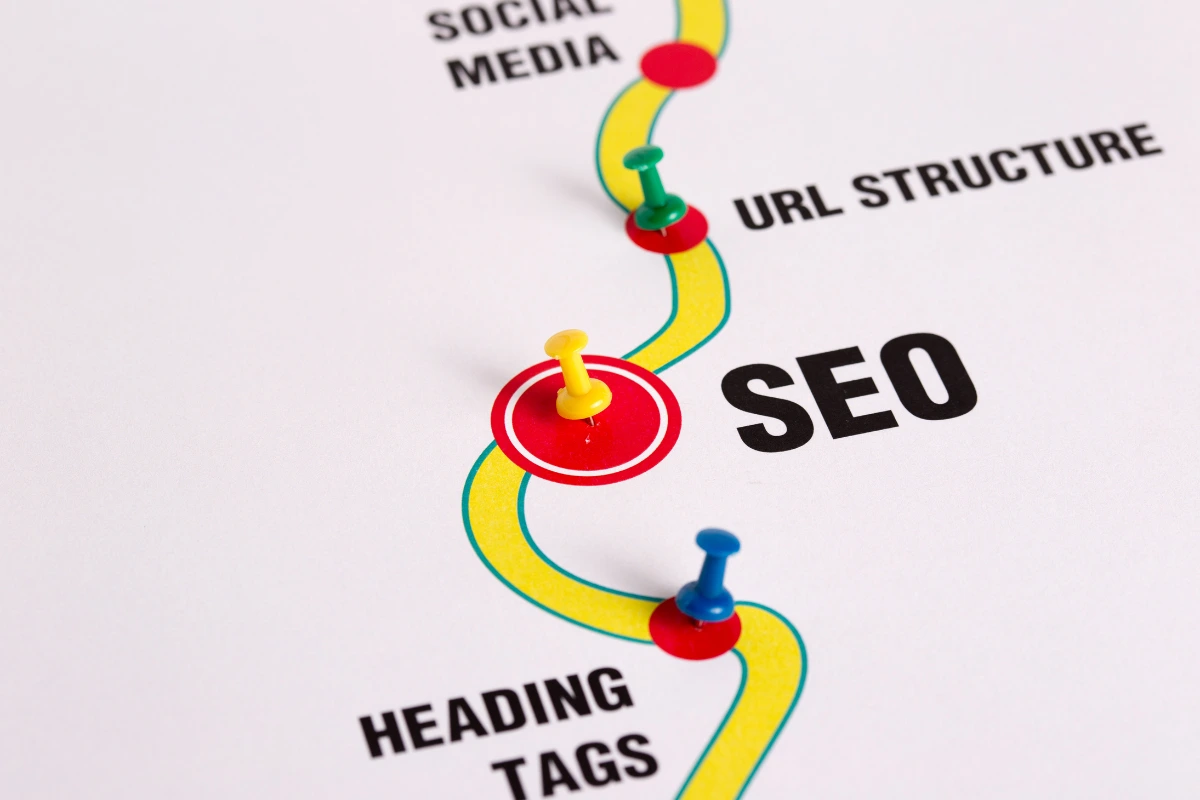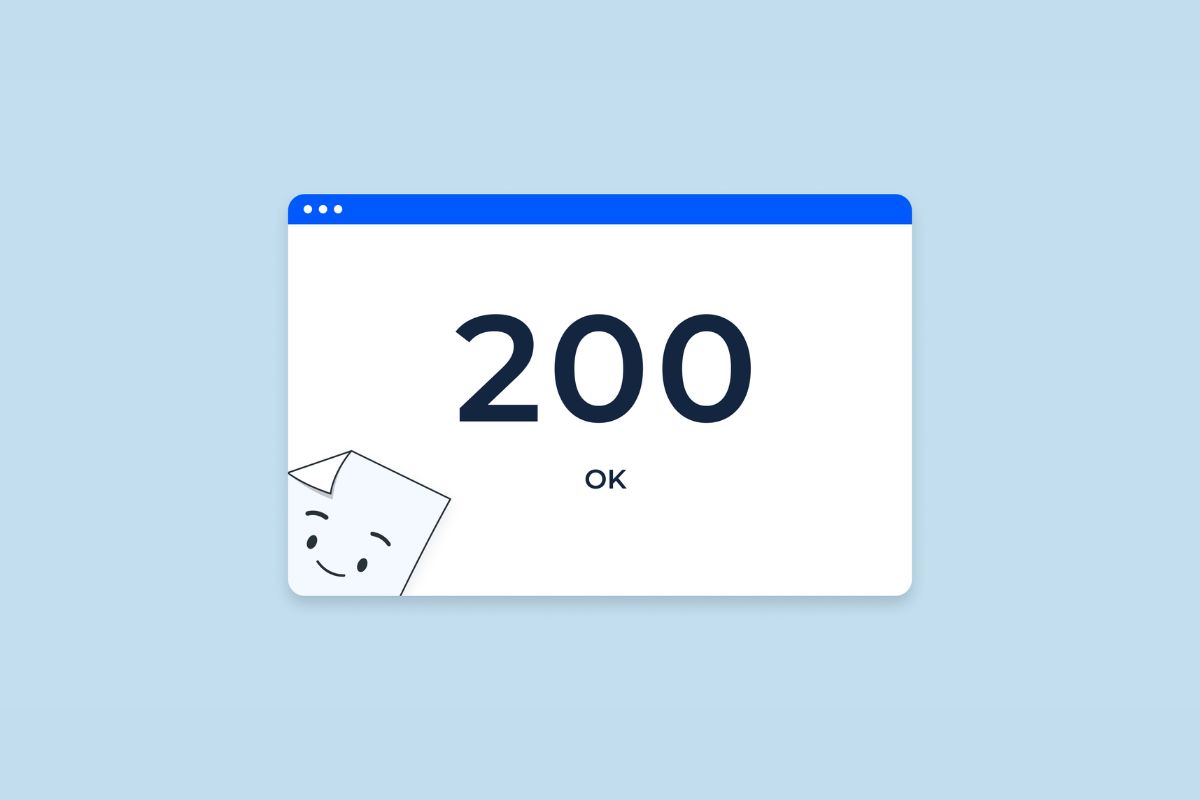Bounce Rate: Meaning, SEO Impact & Tips for Improvement

Understanding key website metrics is essential for anyone involved in digital marketing, website management, or SEO. One such metric that often confuses many is bounce rate. Despite its importance, bounce rate is sometimes misunderstood or overlooked. This article will explain what bounce rate means, how it impacts SEO, and share practical tips to improve it.
What is Bounce Rate?
Bounce rate is a web analytics metric that measures the percentage of visitors who land on a webpage and leave without interacting further or navigating to other pages on the same website.
In simpler terms, if a user visits your site and leaves after viewing only one page without clicking on any links, submitting a form, or performing any other interaction, that visit is counted as a bounce.
How is Bounce Rate Calculated?
Bounce Rate = (Single Page Sessions / Total Sessions) × 100
For example, if your website had 100 visitors, and 40 of them left after viewing just one page, your bounce rate would be 40%.
Why Do Visitors Bounce?
Visitors might leave a website quickly for several reasons:
- They found the information they needed on the landing page itself.
- The content was not relevant or engaging enough.
- The website was slow to load or difficult to navigate.
- The page design or user experience was poor.
- There was a mismatch between what they expected and what the page delivered.
Understanding these reasons is important because a high bounce rate may or may not always be negative, depending on the website type and goal.
Bounce Rate vs Exit Rate: Understanding the Difference
It is common to confuse bounce rate with exit rate, but they are different metrics.
- Bounce Rate refers to the percentage of users who leave a website from the entrance page without interacting with other pages.
- Exit Rate measures the percentage of users who leave the website from a particular page, but they might have visited other pages during the session.
For example, if a visitor browses three pages and leaves from the third page, that page will have an exit, but the bounce rate will not be affected.
Why Does Bounce Rate Matter for SEO?
Bounce rate is an important factor in assessing website performance and user experience. While Google has not explicitly confirmed that bounce rate is a direct ranking factor, it influences SEO in several ways:
1. User Engagement Indicator
A high bounce rate usually signals poor user engagement. If visitors leave quickly without interacting, it suggests the website content or experience may not be meeting their expectations.
Google strives to deliver the best results for search queries. If users bounce back immediately after clicking your link, Google may interpret this as a sign that your page is not relevant or valuable for the search intent.
2. Impact on Dwell Time
Dwell time refers to how long a visitor stays on a webpage before returning to the search results. A short dwell time combined with a high bounce rate indicates low user satisfaction.
Google may consider dwell time as a ranking signal, and pages with longer dwell times often rank better.
3. Conversion and Business Impact
From a business perspective, a high bounce rate can mean missed opportunities. If visitors leave without exploring more pages or taking desired actions (like buying, subscribing, or contacting), your website is not effectively fulfilling its purpose.
What is a Good Bounce Rate?
Bounce rates vary by industry, type of website, and traffic source. Therefore, what constitutes a “good” bounce rate can differ widely.
- Content Websites or Blogs: Usually have bounce rates between 60% to 80% because visitors often read a single article and leave.
- Retail or E-commerce Sites: A bounce rate of 20% to 40% is considered good, as users often browse multiple pages before making a purchase.
- Service-based Websites: Bounce rates around 30% to 50% are typical.
- Landing Pages: Bounce rates may be high if the goal is to get visitors to take immediate action, like filling a form or making a call.
Hence, it is important to analyse bounce rate within the context of your website’s purpose.
Factors Affecting Bounce Rate
Several factors can influence the bounce rate of a website:
1. Page Load Speed
Slow loading pages frustrate users and increase the likelihood of them leaving immediately.
2. Mobile Responsiveness
A site that doesn’t work well on mobile devices drives visitors away, especially considering the high volume of mobile traffic in India and worldwide.
3. Content Quality and Relevance
Irrelevant or low-quality content leads to poor engagement and higher bounce.
4. Poor User Experience (UX)
Difficult navigation, confusing layout, or intrusive ads negatively impact bounce rate.
5. Incorrect Traffic Sources
If your marketing campaigns attract the wrong audience, visitors will bounce quickly.
Tips to Improve Bounce Rate
Improving bounce rate involves enhancing the overall user experience and ensuring visitors find value on your website. Below are effective strategies:
1. Improve Page Load Speed
Optimise images, enable browser caching, reduce server response time, and use a Content Delivery Network (CDN) to boost loading times.
2. Make Your Website Mobile-Friendly
Ensure your website design is responsive, providing a seamless experience on smartphones and tablets. Test your site using tools like Google’s Mobile-Friendly Test.
3. Create Relevant and Engaging Content
Know your audience’s interests and needs. Write clear, useful, and well-structured content that answers their questions or solves their problems.
Use headings, bullet points, images, and videos to make content easy to consume.
4. Improve Site Navigation
Make menus intuitive and easy to find. Use internal linking to guide visitors to related content, encouraging them to explore further.
5. Use Clear Call-to-Actions (CTAs)
Guide users on what to do next, whether it’s signing up for a newsletter, checking out products, or reading related articles.
6. Avoid Intrusive Pop-ups and Ads
While pop-ups can be effective, overusing them or making them difficult to close drives visitors away.
7. Target the Right Audience
Ensure your ads, social media posts, and search engine campaigns reach people interested in your offerings to reduce irrelevant traffic.
8. Analyse and Fix 404 Errors
Broken links and missing pages frustrate users and increase bounce rates. Regularly audit your site for errors and fix them promptly.
9. Use Engaging Multimedia
Videos, infographics, and interactive elements keep visitors engaged and encourage longer visits.
10. Provide Search Functionality
A search bar helps visitors quickly find what they want, reducing bounce.
Tools to Monitor Bounce Rate
Several tools help you track and analyse bounce rate:
- Google Analytics: The most popular tool offering detailed bounce rate metrics by page, traffic source, device, and more.
- Google Search Console: Provides insights into search queries, click-through rates, and site performance.
- Hotjar or Crazy Egg: Tools that offer heatmaps and session recordings to understand visitor behaviour and identify reasons for bouncing.
- PageSpeed Insights: To check page speed and optimisation suggestions.
Bounce Rate Myths
There are some common misconceptions about bounce rate:
- High Bounce Rate Always Means Poor Performance: Not necessarily. For example, if a visitor finds what they need on a single page, like contact info or an article, leaving immediately isn’t bad.
- Lower Bounce Rate is Always Better: A very low bounce rate could indicate tracking errors or misleading content that traps visitors without genuine engagement.
- Bounce Rate is the Only Metric to Focus On: It should be analysed along with other metrics such as average session duration, conversion rate, and exit rate.
Conclusion
Bounce rate is a vital metric to understand user engagement and the effectiveness of your website. It provides clues about the relevance of your content, site usability, and whether you are attracting the right audience.
While a high bounce rate can negatively affect SEO and conversions, it is essential to interpret the metric in context. By improving page speed, enhancing mobile experience, creating engaging content, and targeting relevant audiences, you can effectively reduce bounce rate and improve your website’s overall performance.
Regularly monitoring bounce rate along with other analytics will help you make informed decisions and optimise your digital presence to achieve better results.
Calling all Marketers!
🔴 Are you tired of searching for the perfect job?
Whether you're into content writing, SEO, social media, graphic design, or video editing—full-time, freelance, remote, or onsite—we've got your back!
👉 We post over 30 job opportunities every single day. Yes, every day (all verified).
Join the most reliable and fastest-growing community out there! ❤️
And guess what? It’s FREE 🤑
✅ Join our WhatsApp Group (Click Here) and Telegram Channel (Click Here) today for instant updates.







